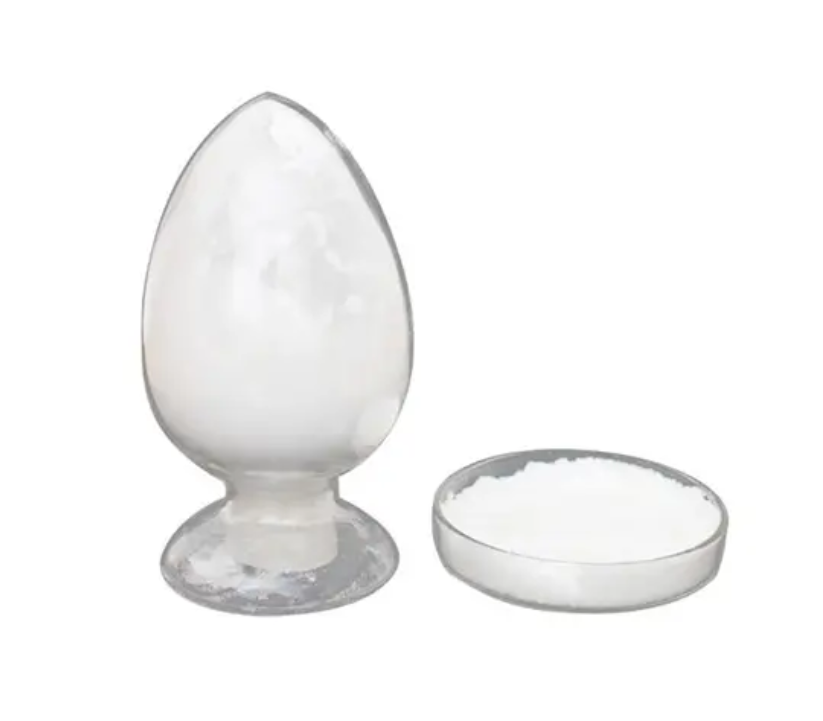Our Products
Prilocaine hydrochloride
Chemical & Physical Properties
Common Name Prilocaine hydrochloride
CAS Number 1786-81-8
Molecular Weight 256.772
Boiling Point 85°C 4mm
Molecular Formula: C13H21ClN2O
Melting Point: 168-170oC
Flash Poin: t 134.3oC
Packing
1kg/Aluminum foil bag, inner double plastic bags
25kg/Fiber drum, inner double plastic bags
Shipping way
1. Ship by DHL/ FedEx/ UPS/EMS
2. Ship by special line if you can not make clearance when goods reach your customs
3. Ship by air/ sea
Use of Prilocaine hydrochloride
Prilocaine hydrochloride is a local anesthetic of the amino amide type.Target: OthersPrilocaine is a local anesthetic of the amino amide type first prepared by Claes Tegner and Nils L?fgren. In its injectable form (trade name Citanest), it is often used in dentistry. It is also often combined with lidocaine as a preparation for dermal anesthesia, for treatment of conditions like paresthesia. As it has low cardiac toxicity, it is commonly used for intravenous regional anaesthesia (IVRA). In some patients, a metabolite of prilocaine may cause the unusual side effect of methemoglobinemia, which may be treated with methylene blue. Maximum dosage for dental use: 8.0 mg/kg (2.7 mg/lb), with a maximum dose of 500 mg.Eutectic Mixture of Local Anesthetics (EMLA) containing 5% lidocaine and prilocaine in a cream was found to give effective topical analgesia in normal and diseased skin, making it useful for superficial surgery and various other clinical procedures. To be effective, an adequate amount must be applied under occlusion and at the right time before the intervention.
HOT-SALE PRODUCT
Quality First, Safety Guaranteed


